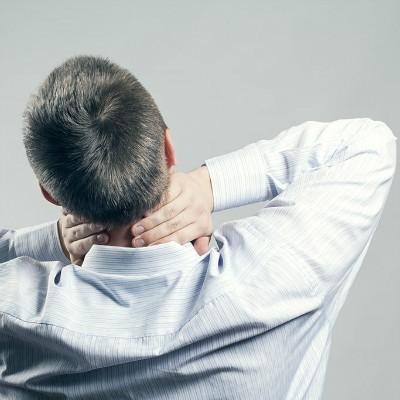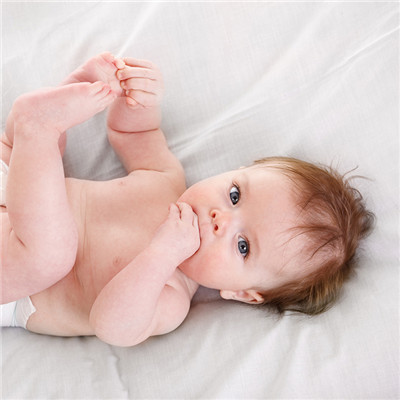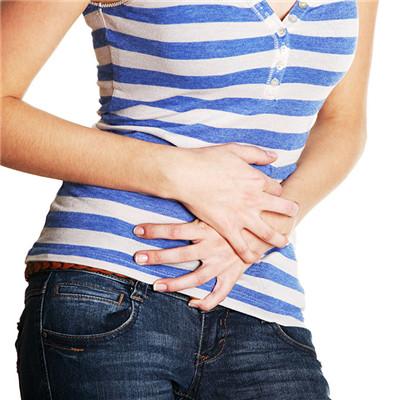Can bone injury eat black fish soup
summary
Fracture is the complete or partial fracture of the continuity of the bone structure. More common in children and the elderly, young people also occur from time to time. The patients often had one site fracture, and a few were multiple fractures. After timely and proper treatment, most patients can recover their original functions, and a few patients may have different degrees of sequelae. Now let's take a look at the diet of fracture, to understand whether the bone injury can eat black fish soup.
Can bone injury eat black fish soup
Generally speaking, patients who have been injured for 1 to 2 weeks should have a light diet, which is easy to absorb and digest. They should be given more vegetables, fruits, fish soup, eggs, bean products, etc., and they should be mainly steamed or stewed, and less spicy, greasy and fried food. In particular, you can eat more honey and bananas, because most bedridden patients have symptoms such as constipation, which can help defecate. For patients who have been injured for 2 to 4 weeks, their body is no longer so weak, and their appetite and gastrointestinal function have recovered. At that time, they can supplement nutrition properly, such as bone soup, fish, eggs and animal liver. At the same time, they should eat more radish, tomato, green pepper, etc. These foods can meet the needs of bone growth and promote wound healing. After more than five weeks of injury, you can eat more nutritious food and food containing calcium, manganese, iron and other trace elements, such as animal liver, eggs, green vegetables, wheat, seafood, soybeans and other zinc, cereal, egg yolk and other manganese. At the same time with chicken soup, fish soup, all kinds of bone soup, can selectively add jujube, wolfberry, etc. In the days to come, in addition to those apparently unhelpful food, fracture patients do not have to avoid.
1. Qingre Jiedu food is suitable for local redness, swelling, heat and pain or wound infection. Such as balsam pear, watermelon, egg, water chestnut, tomato, celery, towel gourd, mung bean, red bean and all kinds of wild vegetables. 2. Hemostatic food is suitable for patients with bleeding after trauma. Such as daylily, chestnut, eggplant, black fungus, plum, banana, lettuce, loquat, lotus root, sophora flower, pig intestine, etc. 3. Blood food is suitable for patients with blood deficiency. Such as mulberry, litchi, pine nuts, black fungus, spinach, carrots, pork, mutton, beef liver, mutton liver, turtle, sea cucumber and so on. 4. Buqi food is suitable for long-term bed rest and Qi deficiency. Such as glutinous rice, millet, yam, potato, jujube, carrot, tomato, tofu, chicken, goose, quail, beef, rabbit, dog, black carp, silver carp, etc.
The diet should be light, thin, easy to digest, nutritious semi liquid food and soft food. Light diet: the staple food is mainly Cereals, and the non-staple food is mainly fresh vegetables, fruits, beans and vegetable oil. It is better to eat light food with more cellulose and rough processed rice noodles. Staple food: plain noodles, rice, millet porridge, corn porridge, soft rice, lotus root powder, vegetable soup, etc. According to the condition of a small number of times to eat. Semi liquid food: 4-5 meals a day. Liquid food: 6-7 meals a day. Vegetables: green vegetables, celery, rape, potato, radish, tomato, cucumber, etc. Beans: bean curd, soybean milk, bean flower and other beans and bean products can be. Fruits: apple, hawthorn, peach, orange, banana, bayberry, etc. 2. Pay attention to drinking more water and fruit juice, and the daily drinking volume is more than 2 000 ~ 2 500 ml. it is recommended to drink ordinary drinking water instead of mineral water and purified water. In order to keep the stool unobstructed, and prevent the occurrence of urinary calculi and other complications. Avoid eating greasy, hot and sour, fried products, such as ribs soup, chicken soup, hot and sour noodles, fried dough sticks, oil cakes, etc. 4. Patients with open wounds should not eat seafood and hair products, such as fish, shrimp, crab, rooster meat, pig head meat, apricot, red bayberry, etc. 2.5 patients with lumbar fracture are prone to abdominal distension, so they should not eat milk, beans, bean products and other flatulent materials until the abdominal distension is eliminated. 6 bedridden and elderly patients with habitual constipation should be given high fiber diet. Such as: all kinds of coarse cereals, celery, cabbage, green leafy vegetables, soybeans and bean products, fresh fruits, etc. Potato and sweet potato with more starch. In addition, early morning fasting drinking water, eating honey, jam and other food can also prevent constipation. Patients with severe trauma and major surgery should pay attention to observe gastrointestinal reactions, such as nausea, vomiting, stool color, if there is stress ulcer, follow the doctor's advice to fast or give liquid food, pay attention to the food temperature should be appropriate. The patients were fasting 12 hours before operation and drinking 8 hours after operation, and the diet was decided according to the anesthesia type of the operation site. 9 patients with medical diseases were given treatment diet strictly, such as low salt, low fat diet, diabetes diet, less residue diet, etc.
matters needing attention
Follow the general principles of diet, proper diet, regular meals, clean, soft and hard, hot and cold. It is not suitable to be partial addicted, and a balanced diet is advocated. That is to follow the following eight principles: ① food diversity, mainly cereals; ② eat more vegetables, fruits and potatoes; ③ often eat milk, beans or their products; ④ often eat an appropriate amount of fish, poultry, eggs, lean meat, eat less fat and meat oil; ⑤ eat a balanced amount of food and physical activities, maintain a suitable weight; ⑥ eat a light and less salt diet; ⑦ limit alcohol consumption, quit smoking or limit smoking; ⑧ Eat clean and healthy food.













